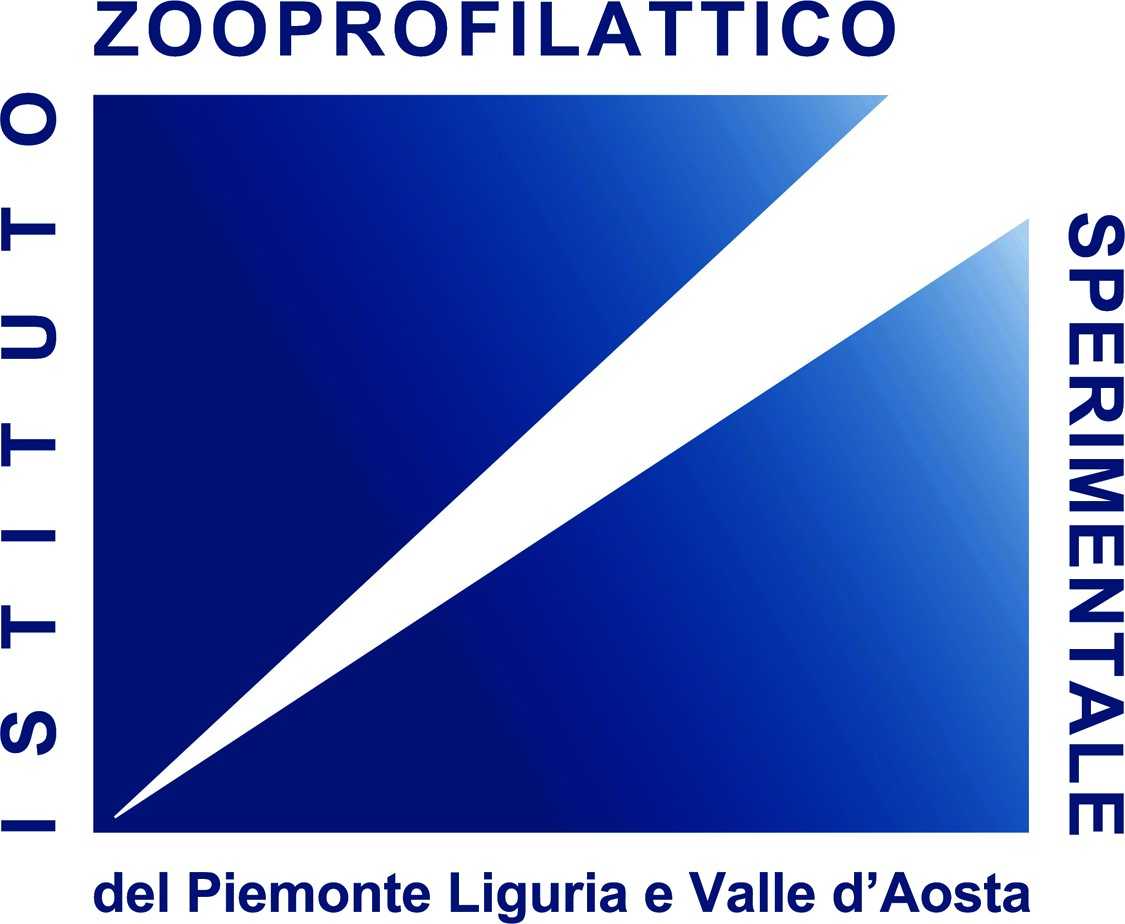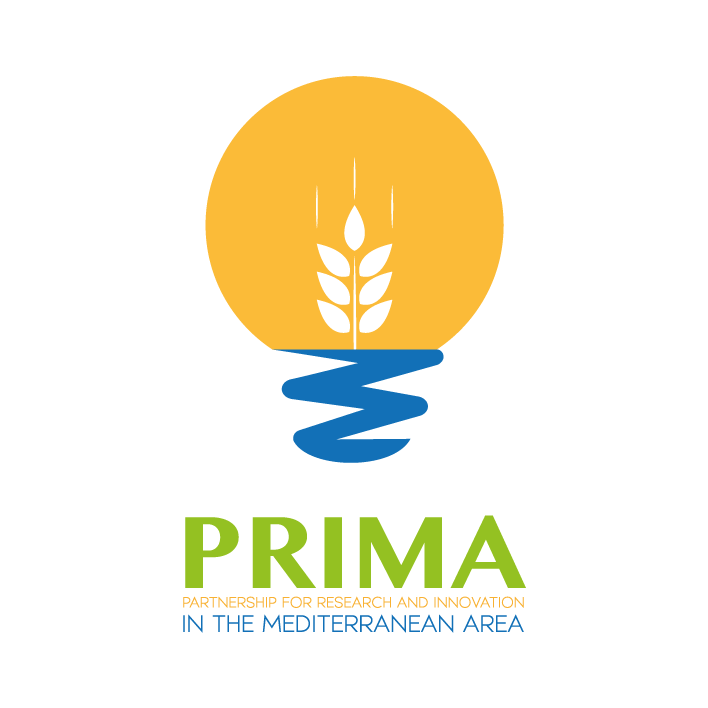L. garvieae is the causative agent of lactococcosis in different wild and farmed fish species, with special prevalence and economic relevance in farmed trout industry. However, L. garvieae is more than a fish pathogen, and it has also been isolated from cows and water buffalos with subclinical mastitis and pigs with pneumonia (Collins et al., 1983; Tejedor et al., 2011; Teixeira et al., 1996). More relevant is the fact that L. garvieae is currently considered a potential zoonotic bacterium (Wang et a., 2007; Tsai et al., 2012; Gibello et al., 2016).
Human colonization by L. garvieae is not a recent event, although it has emerged only in the last decades as relevant opportunistic human pathogen due to the increasing number of fatal human infections in which has been involved. Nevertheless, it is plausible that the real incidence of L. garvieae infections in humans is underestimated because clinical isolates identified in the routine workflow of microbiological diagnostic laboratories are generally not reported. Clinical manifestations of L. garvieae human infections include bacteriemia, peritonitis, liver abscess, osteomyelitis, spondylodiscitis, and urinary tract infections, although endocarditis is the most common type of infection reported (Gibello et al., 2016). L. garvieae has low virulence for humans, and mainly affects elderly and immunocompromised individuals with different predisposing conditions such cardiovascular and metabolic diseases, the presence of prosthetic valves or previous surgeries, or those with anatomical or physiological alterations of their gastrointestinal tract. Nevertheless, infections have been described in young and healthy people (Li et al., 2008; Watanabe et al., 2011). Genetic studies indicate that human L. garvieae isolates are genetically unrelated showing a great genetic heterogeneity, although certain genetic lineages are widespread distributed and circulate in humans without geographical restriction. Treatment of human L. garvieae infections are initiated empirically after diagnosis and commonly consist of high doses of β-lactams, such as ampicillin, amoxicillin or ceftriaxone, administered alone or together with other antimicrobials, such as netilmicin, tobramycin, gentamicin, vancomycin or teicoplanin (Fleming et al., 2012; Fog-Moller and Andersen, 2012). Other combinations such as ceftriaxone/levofloxacin or vancomycin/gentamicin can also be used (Aubin et al., 2011; Ruso et al. 2012).
The source and route of L. garvieae infections in humans is not well understood, but manipulation or ingestion of contaminated raw fish and seafood is considered the most probable sources of human infection (Aubin et al., 2011; Chan et al., 2011; Tsur et al., 2015; González-Bravo et al., 2021). To increase our knowledge of the epidemiology of L. garvieae, it should be desirable that the isolates from human infections were subsequently studied from a genetic and epidemiological point of view.
References are available upon request





